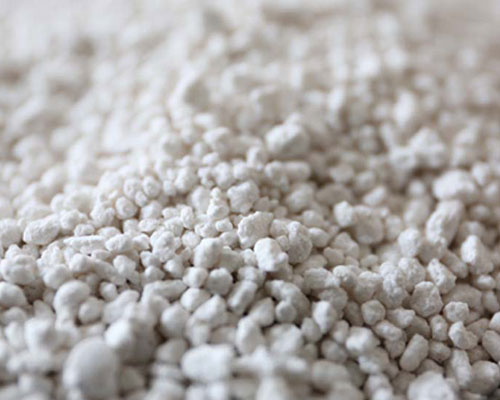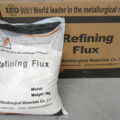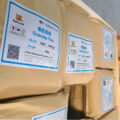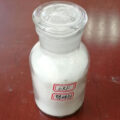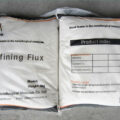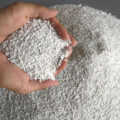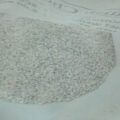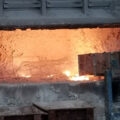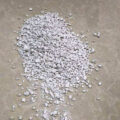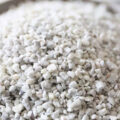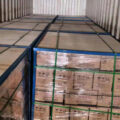With the progress of aluminum alloy processing technology and the development of aluminum alloy flux purification technology, some new characteristics have been presented in the preparation of flux and its performance requirements, which not only put forward higher requirements on the purification effect of flux, but also impose higher requirements on the flux itself. Quality also offers new insights.
The purification treatment of the former aluminum melt has higher and higher requirements for purification. The complex configuration of the flux composition increases the possibility of the second contamination of the aluminum melt and the environment by the flux itself. The configuration of the flux composition is as simple as possible under the dynamic conditions. It is the only way to solve the side effects produced by the flux use process itself.

The refining agent is usually to improve the refining efficiency, and other compounds are often added to it, such as nitrate, sulfide, fluoride, and rare earth compounds. The main self-reaction of graphite and nitrate in the refining process is thermal decomposition reaction, which will produce NOx, CO2, CO, O2 and other gases, and its degassing and slagging effect is very poor. Fluorides generally include NaF, AlF3, CaF2, MgF2, KF, Na3AlF6 and Na2SiF6, etc., and NaF and AlF3 system fluorides are the most economical additives.
In the flux based on NaCl-KCl and KCl-MgCl2, adding an appropriate amount of fluoride can easily remove the oxide film at the flux-aluminum interface, so that the stable metal film at the interface is easy to rupture, and the inclusions are transferred to the flux-aluminum. The liquid interface migration process is easy to proceed. Add a small amount of cryolite to the refining agent, the molten cryolite can completely wet the alumina and enhance the adsorption capacity of alumina inclusions. However, from the perspective of separation from molten aluminum and thermodynamics, the amount of fluoride added should not be too much, generally less than 10% is better.

